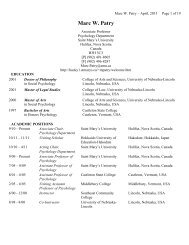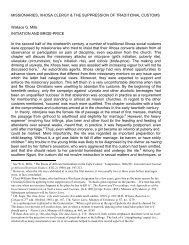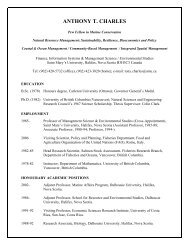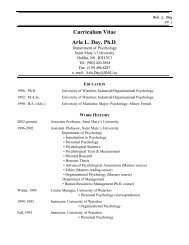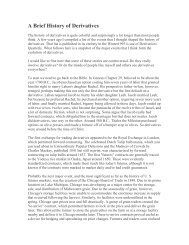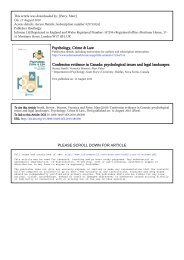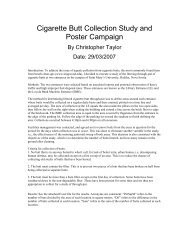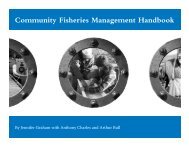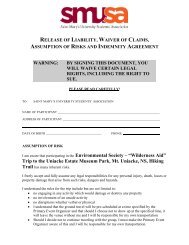Social, Economic and Cultural Overview and Assessment for Ocean ...
Social, Economic and Cultural Overview and Assessment for Ocean ...
Social, Economic and Cultural Overview and Assessment for Ocean ...
Create successful ePaper yourself
Turn your PDF publications into a flip-book with our unique Google optimized e-Paper software.
Large Marine Ecosystem to a typical MPA) would be of interest. This list is presented as<br />
Appendix A.<br />
2.1.2 Literature Search<br />
An Internet-focused literature search was undertaken in September 2007, drawing to a<br />
considerable extent on sources <strong>and</strong> feedback from the above-noted experts. Websites<br />
reviewed include but are not limited to:<br />
• Government agencies <strong>and</strong> institutions (e.g. National <strong>Ocean</strong>ic <strong>and</strong> Atmospheric<br />
Association; Canadian Department of Fisheries <strong>and</strong> <strong>Ocean</strong>s)<br />
• Non-governmental organizations (e.g. The Nature Conservancy; The World<br />
Wildlife Fund; Conservation International)<br />
• International institutions (e.g. United Nations Environment Program; the Food <strong>and</strong><br />
Agriculture Organization)<br />
• Universities (e.g. University of Rhode Isl<strong>and</strong>; University of British Columbia)<br />
• Major donors (e.g. the Global Environment Facility; the World Bank)<br />
In conjunction with the electronic search, relevant hard copy materials (e.g. h<strong>and</strong>books)<br />
either provided by the experts or found in libraries were also examined <strong>and</strong> reviewed.<br />
2.2 Analytical Frameworks & Case Study Selection<br />
In order to assess the suitability of case studies, an intensive process was undertaken. To<br />
ensure the in<strong>for</strong>mation presented was relevant to a LOMA context, potential case studies<br />
were evaluated against seven LOMA characteristics (extracted from DFO background<br />
material - see Appendix B); based on this, eight case studies were selected as of highest<br />
relevance. While these case studies could be further sub-divided according to spatial scale,<br />
this was not done here, to keep the sample size higher during the analysis phase.<br />
The remaining case studies, considered second-tier in terms of relevancy, were grouped<br />
according to spatial scale, with one group representing assessments involving multiple<br />
countries <strong>and</strong> the other focusing on reports based on local sites. These case studies can be<br />
considered a scale up <strong>and</strong> a scale down from LOMAs respectively. While they may not be<br />
as directly relevant to a LOMA context as the first-tier case studies, they still offer<br />
3



